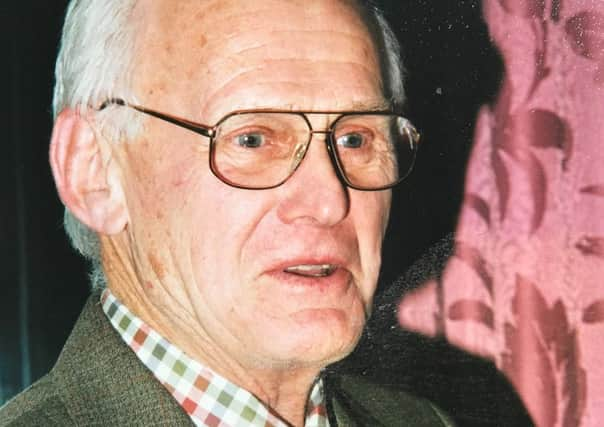John Dunning, farmer


A Leading Gunner on HMS Carlisle, an anti aircraft light cruiser, he was involved in the Norwegian Campaign and then the defence of the Suez Canal in Aden.
This was followed by the Battle for Crete and finally the protection of convoys from Alexandria to Malta, before in 1942 he was given a compassionate discharge to take over the family farm in the East Riding and help care for his ailing father.
Advertisement
Hide AdAdvertisement
Hide AdAfter the war, he was a progressive farmer, starting a dairy herd in the early 1960s and a pig unit shortly thereafter. Trips to Europe followed to learn new techniques, and he hosted many trials of new agricultural methods, working closely with the Ministry of Agriculture, Fisheries and Food and BP, amongst other companies.
He was the founding company secretary of Beverley Pea Growers, one of the cooperatives that began to grow for Birds Eye in the late 1960s.
Agricultural education was another interest and he was a governor of the Bishop Burton Institute of Agriculture, as well as the founder of a local young farmers’ club.
Mr Dunning was ahead of his time in fostering wildlife conservation, and he pursued a number of initiatives which in the 1970s seemed visionary – creating refuge areas on the farm, ceasing the cultivation of tumuli to preserve them, planting trees and hedging, and creating a public footpath.
Advertisement
Hide AdAdvertisement
Hide AdHe was chairman of the Farm Advisory Committee at High Mowthorpe Experimental Husbandry Farm, and became a member of the MAFF advisory panel, the National Council for Nature Conservation, and the Yorkshire Dales Park committee. In 1977 he was awarded an OBE for his services to agriculture and the countryside.
He was also a supporter of Bishop Burton All Saints Church, and served as a member of the church council for more than half a century, and church warden for eight years, following in the footsteps of his twin brother.
With Margaret Borland and contributions from village residents, he edited, compiled and published the book Bishop Burton and its People, which covers village history from prehistoric times until 1992. Two years later, he published a book on the Humber Division of the Royal Naval Volunteer Reserve.
He had curtailed his school education at 16 but resumed it in later life, gaining an A level in art at 76 and then studying for a degree at Hull University in the history of art.
He and his wife, Mary, celebrated their platinum wedding anniversary in May this year. She survives him, along with two children and three grandchildren.